
Experts Say They’ve Pinpointed the Cause of Autism—And It Could Lead to New Treatments

Autism has always been something of a mystery—beautifully complex, deeply personal, and too often misunderstood. For decades, scientists have been working to uncover the roots of autism: What causes it? How does it develop? And why does it manifest so differently from person to person?
Now, a groundbreaking study from researchers at Kobe University in Japan may have uncovered a crucial piece of the puzzle—one that could reshape how we view not only autism but other neurological conditions as well. And surprisingly, it all comes down to something we rarely associate with brain function: cleaning up.
But we’re not talking about tidying your room or sweeping the floor. This kind of cleaning happens deep inside the brain, where an internal housekeeping system works behind the scenes to keep everything running smoothly. And when that system falters, the effects can ripple through the entire nervous system—perhaps even playing a major role in autism.
Let’s explore what the researchers discovered, why it matters, and what it means for the future of autism research.
🧠 The Brain’s Hidden Janitors: Why Cellular Cleanup Matters
Inside your brain, billions of neurons are working around the clock. These brain cells are like lightning-fast communication hubs, constantly exchanging signals, forming new connections, and adapting to your experiences. This activity keeps you thinking, feeling, learning, and interacting with the world.
But with all that action comes waste—damaged proteins, worn-out molecules, and cellular debris that can interfere with neuron function if not cleared away. Think of it like trying to run a computer with too many junk files clogging the memory: eventually, things slow down or stop working.
Luckily, the brain comes equipped with a built-in clean-up crew: a set of specialized molecular tools that maintain neural health by recycling or disposing of damaged materials.
But what happens when this internal maintenance system malfunctions?
That’s the question Kobe University researchers set out to answer. They hypothesized that in many cases of autism, genetic mutations might be disrupting this clean-up process—leading to dysfunction across the brain.
🔬 Creating “Autism in a Dish”: A Laboratory Breakthrough
To test this theory, the researchers went beyond observation. Using a cutting-edge gene-editing tool called CRISPR, they introduced 63 different mutations—all previously linked to autism—into mouse stem cells in a laboratory setting.
These stem cells are like biological blank slates; they can grow into various types of tissue, including neurons. This gave the scientists a unique opportunity: to grow miniature models of autistic brain tissue in a dish. These models allowed them to see firsthand how specific mutations impact neuron development, behavior, and communication.
Taking the research even further, they used these altered stem cells to grow live mice that carried the same mutations. This let them study how these genetic changes influenced not only brain structure but also behavior across an entire lifespan.
This level of detail is rare in autism research, and it opened the door to an incredible discovery.
🧩 The Common Thread: Protein Pile-Up in the Brain
Despite testing dozens of different mutations, a clear pattern emerged: the neurons in these models struggled to manage waste. They couldn’t efficiently dispose of damaged or unnecessary proteins, leading to a build-up of biological clutter.
In a healthy brain, proteins are created, used, and discarded in tightly regulated cycles. But in these mutated neurons, the system was broken.
This is especially problematic in neurons, which rely on localized protein production. Unlike other cells, neurons often produce crucial proteins far from the cell body—sometimes at the tips of long axons or dendrites. If the system for identifying and removing faulty proteins fails, the result is clogged communication, impaired signaling, and ultimately, dysfunctional brain circuits.
The researchers believe this protein management failure could help explain why autism often involves challenges in language, learning, emotion regulation, and social interaction—all functions that rely on efficient and accurate brain signaling.
🧠 Autism, Schizophrenia, and Bipolar Disorder: A Shared Origin?
What makes these findings even more compelling is their potential to transcend autism research.
Some of the same genetic mutations that disrupted brain cleaning in this study have also been found in people with schizophrenia and bipolar disorder. This suggests that we may be looking at a shared biological mechanism behind multiple psychiatric and developmental conditions.
In other words, this isn’t just about autism—it could be the key to unlocking a better understanding of how the brain malfunctions across a broad range of disorders.
The researchers are now building a “mutation library” that could help scientists track how specific genetic changes affect brain health. This could become a vital resource for studying other neurological conditions.
💡 From Genes to Function: Why This Study Matters
Historically, much of autism research has focused on identifying risk genes—genetic markers that are more common in autistic individuals. While valuable, these studies didn’t explain how or why those genes cause the condition.
This study marks a major shift in focus. Instead of simply listing which genes are involved, it shows what those genes actually do—how they affect the brain at a cellular level.
By showing the biological chain reaction that leads from mutation to malfunction, researchers are moving closer to real-world solutions: diagnostics, interventions, and perhaps even treatments tailored to individual genetic profiles.
📈 Autism Diagnoses on the Rise: Numbers That Demand Answers
This discovery comes at a critical time. Autism diagnoses are rising sharply worldwide. In the UK, cases increased by a staggering 787% between 1998 and 2019. In the U.S., the CDC reported in 2022 that 1 in 31 children under age 8 is diagnosed with autism—a steep rise from 1 in 44 in 2018, and a dramatic shift from 1 in 5,000 in the 1960s.
Why the surge?
Improved diagnostic methods and greater awareness play a role, but experts believe genetic and environmental factors are also evolving. That’s why deep biological studies like this one from Kobe University are more crucial than ever.
🌍 It’s Not Just in Your DNA: Environmental Factors Matter Too
Genes lay the foundation, but the environment paints the picture. Increasingly, scientists are finding that environmental exposures during pregnancy can raise the risk of autism.
One example is bisphenol A (BPA), a chemical found in plastics and metal food containers. A 2023 study found that boys born to mothers with high BPA levels during pregnancy were six times more likely to be diagnosed with autism by age 11. At just 2 years old, these boys were already displaying signs of atypical behavior.
BPA is known to disrupt hormone systems and has been linked to early puberty, infertility, and neurological changes in both humans and animals. This highlights how external factors can amplify or trigger genetic vulnerabilities, especially during sensitive periods like fetal development.
🧬 Autism: Identity, Challenge, or Both?
It’s important to remember that autism is not a one-size-fits-all diagnosis. Many autistic individuals see their condition not as a disease but as an essential part of who they are.
Public figures like Greta Thunberg and Elon Musk have embraced their diagnoses, using their platforms to promote acceptance and awareness. Within the neurodivergent community, there’s a strong push for inclusion, understanding, and support—not just treatment.
This new research doesn’t challenge that perspective. Instead, it offers new tools for those who want help navigating specific difficulties, whether in communication, education, or mental health.
The future of autism care could be personalized and respectful of neurodiversity—offering options, not ultimatums.
🚀 The Future: Precision Medicine and Personalized Therapies
While this discovery won’t change clinical practice overnight, it opens the door to a more personalized approach to autism support.
As scientists continue mapping mutations and understanding their effects, the dream of precision medicine becomes more realistic. Imagine treatments designed not just for autism in general, but for your unique genetic profile, helping address the specific pathways that affect your development and experience.
It’s like moving from generic over-the-counter solutions to a custom-tailored approach designed specifically for your brain.
🔍 In Summary
This isn’t just another autism study. It’s a leap forward in understanding the biological foundations of how our brains develop—and what can go wrong. By focusing on cellular maintenance and how its failure may contribute to autism, researchers are beginning to map the deeper layers of a condition long shrouded in mystery.
As this knowledge grows, so does the potential for early detection, better support, and more compassionate care. While there’s still much to learn, we’re finally beginning to see the inner workings of the autistic brain with new clarity—and that’s a breakthrough worth celebrating.
News in the same category


Dogs Able to Sniff Out Parkinson’s Before Symptoms Appear
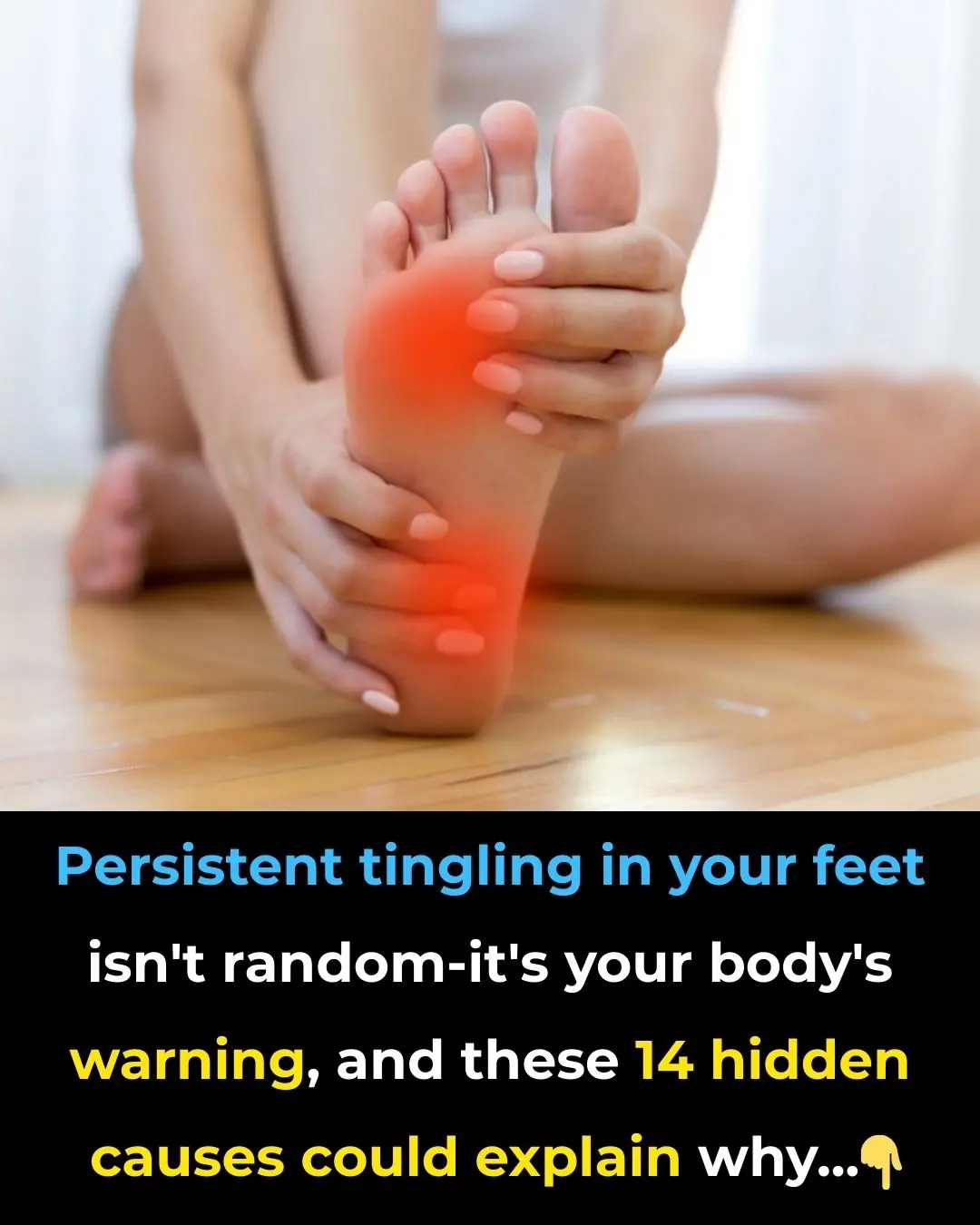
14 hidden causes of tingling feet (and what to do)
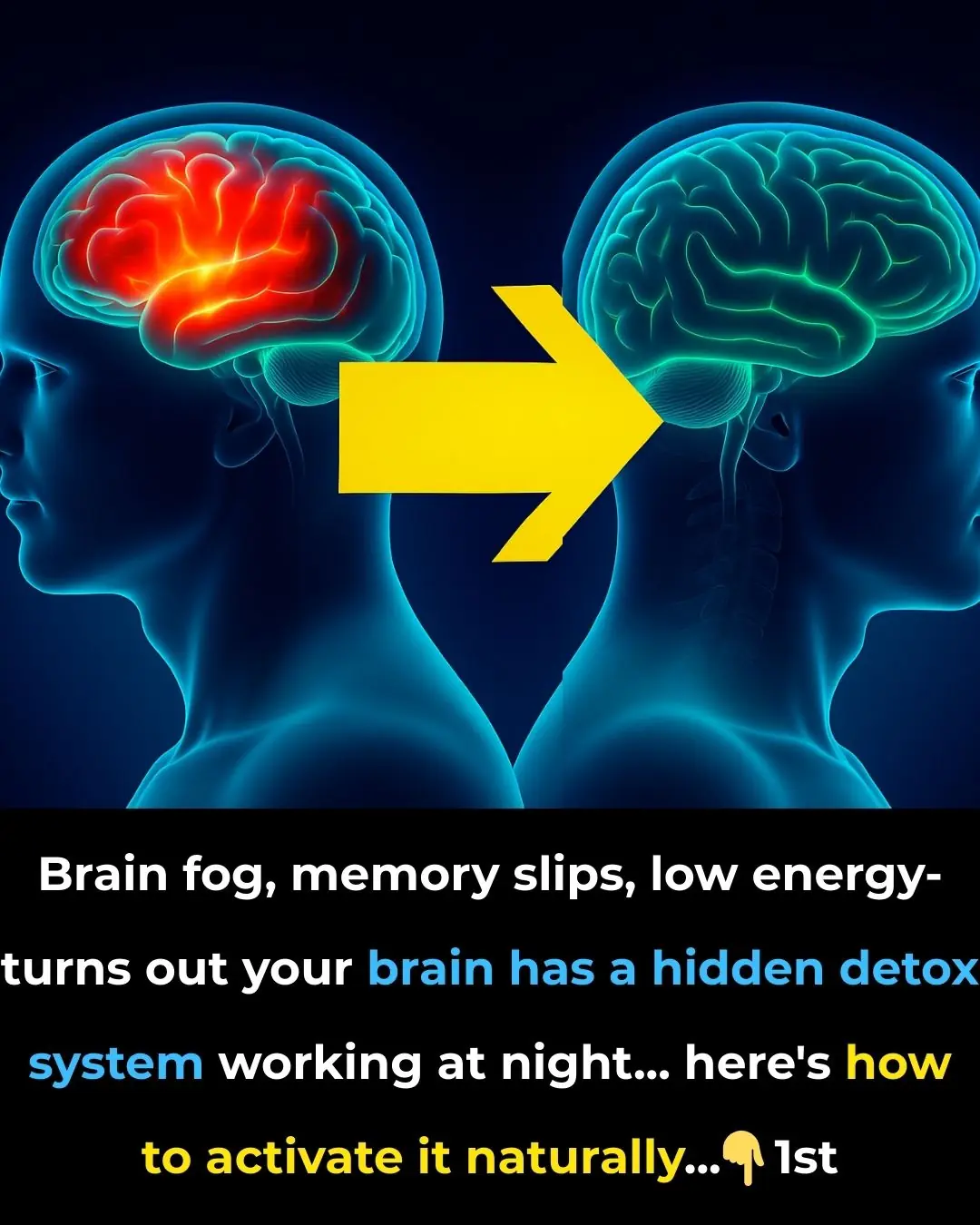
At last — how to detox the brain naturally

5 Blood Clot Facts Doctors Want You to Know

8 Foods That Help Lower Your Cholesterol

6 Harmful Foods That Weaken Calcium Levels
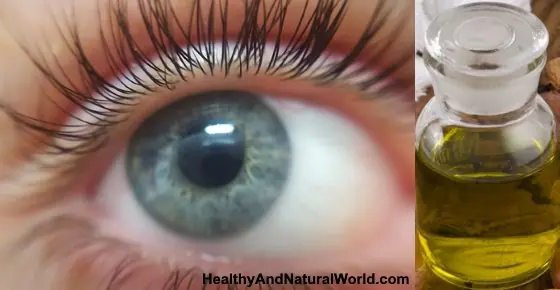
How to Use Castor Oil to Regrow Eyelashes and Eyebrows

Scientifically Proven Health Benefits of Avocado and Avocado Seeds

Scientists Say Cancer Can Now Be Detected Years in Advance with Simple Blood Test

Final straw that led to billionaire CEO's desperate escape from Japan inside 3ft box

10 Early Warning Signs Your Blood Sugar Is Way Too High

If Your Legs Cramp at Night You Need to Know This Immediately

Warning Signs Your Body Is Full of Parasites and How to Effectively Eliminate Them Naturally

Warning Signs of a Parasite Infection And How to Eliminate It for Good

What Raw Garlic Can Do for Your Health Is Truly Unbelievable

Diabetes Tied to Slower Brain Recovery After TBI
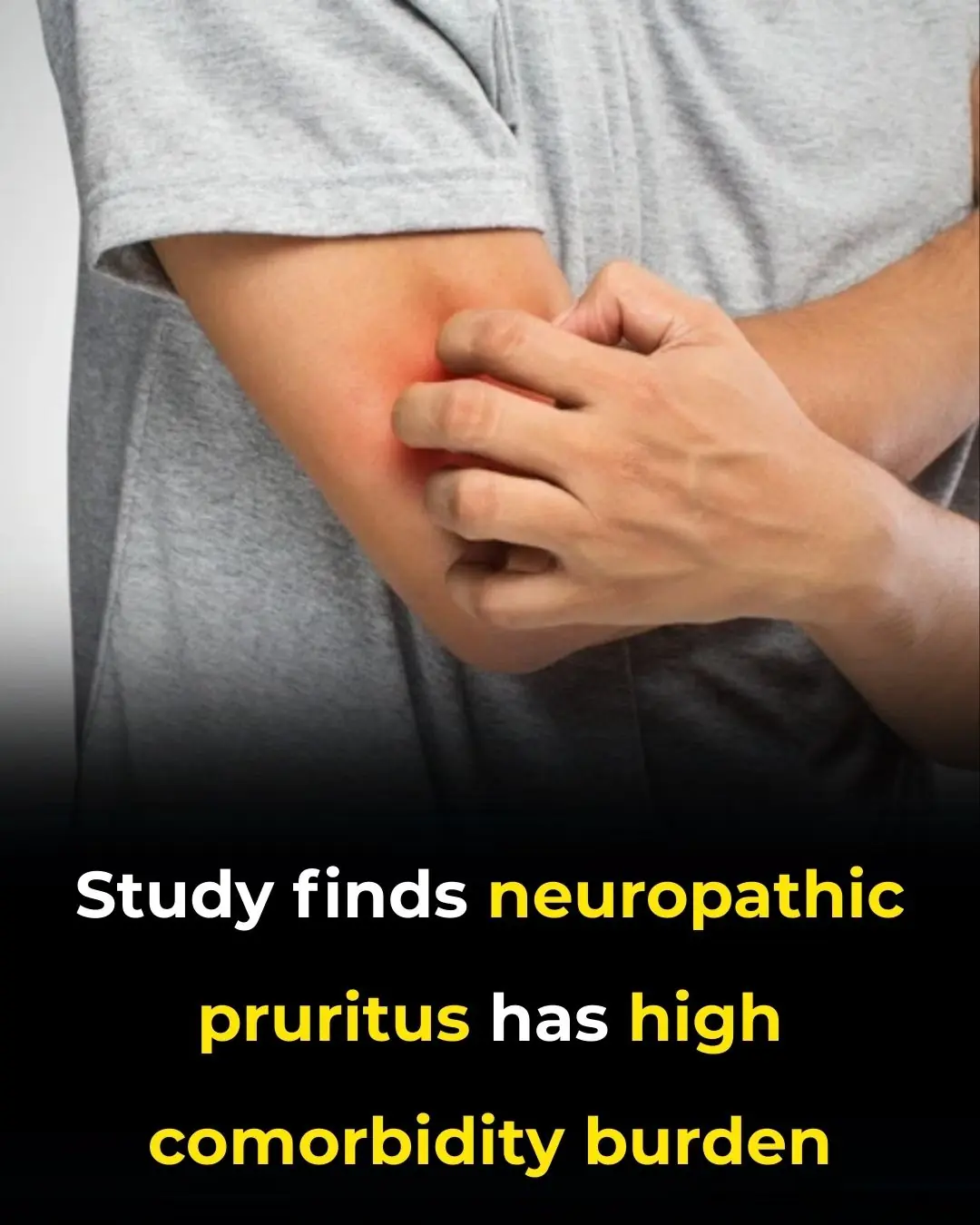
Neuropathic Pruritus Has High Comorbidity Burden, Varied Treatment Responses
News Post

Eating More Cruciferous Vegetables May Cut Colon Cancer Risk

Dogs Able to Sniff Out Parkinson’s Before Symptoms Appear

14 hidden causes of tingling feet (and what to do)

At last — how to detox the brain naturally

5 Blood Clot Facts Doctors Want You to Know

8 Foods That Help Lower Your Cholesterol

6 Harmful Foods That Weaken Calcium Levels
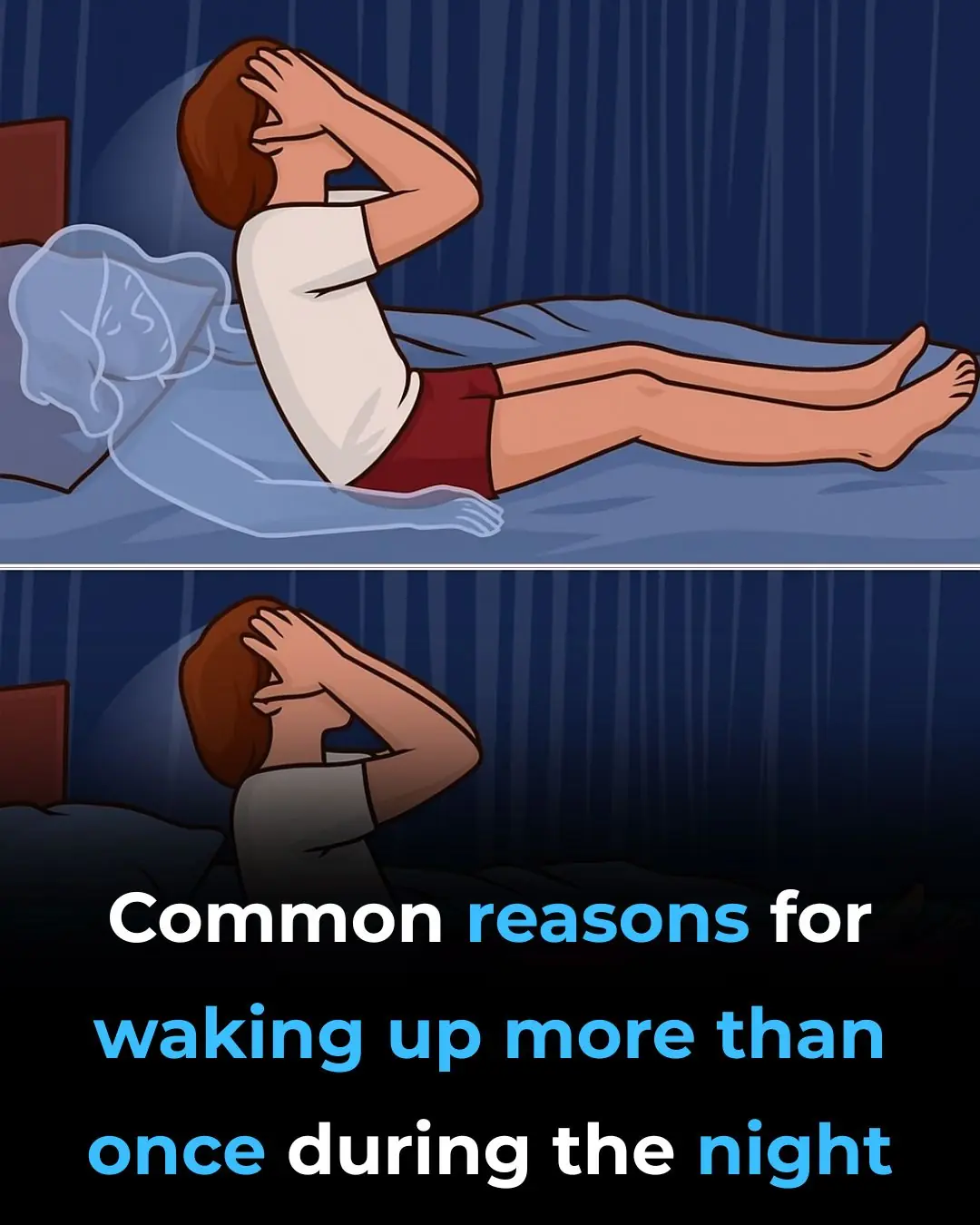
8 Common Reasons For Waking Up at Night

How to Use Castor Oil to Regrow Eyelashes and Eyebrows

Scientifically Proven Health Benefits of Avocado and Avocado Seeds

Scientists Say Cancer Can Now Be Detected Years in Advance with Simple Blood Test

You Can Adopt Puppies That Were ‘Too Friendly’ to Become Police Dogs
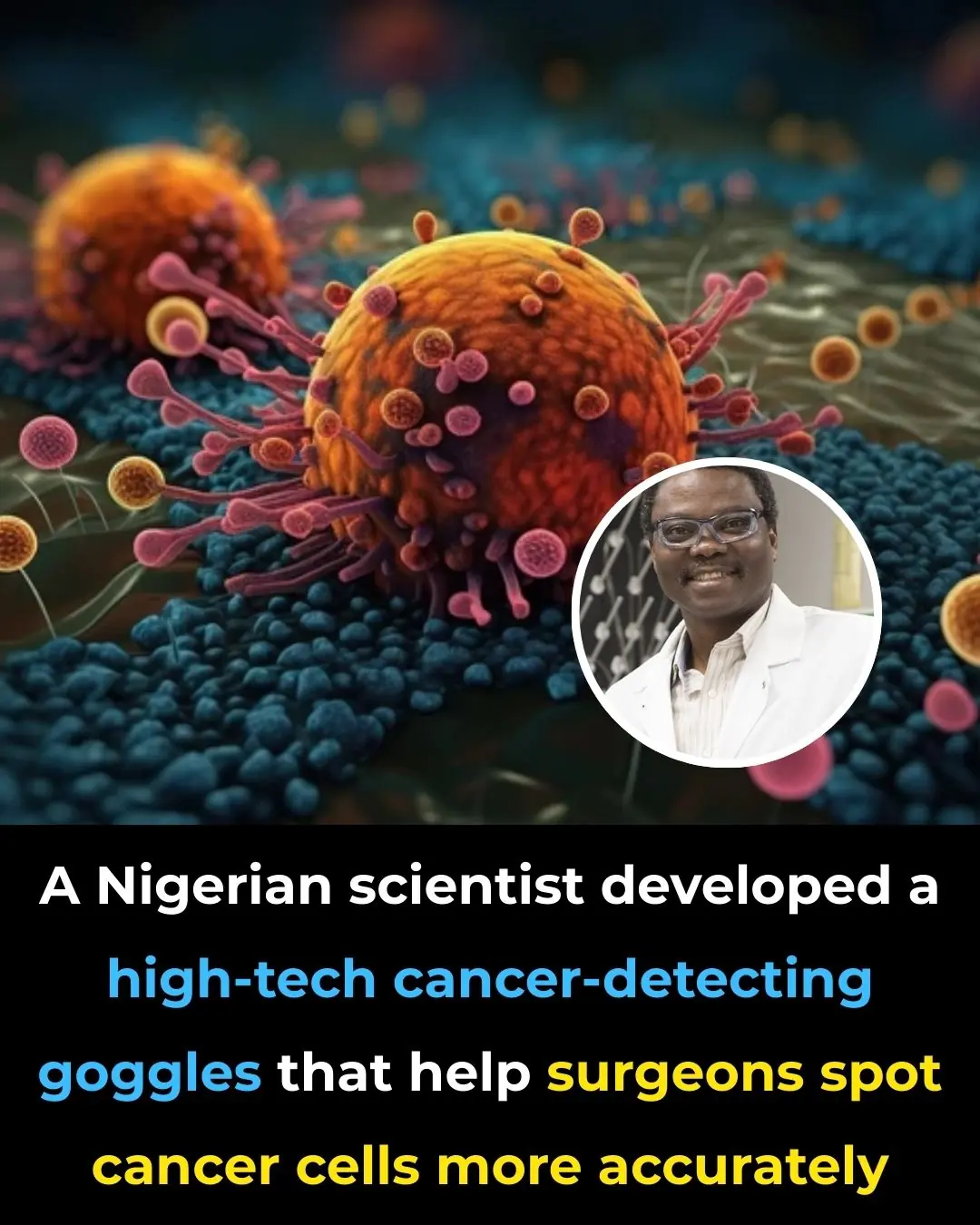
A Nigerian Scientist Developed a High-Tech Cancer-Detecting Goggles That Help Surgeons Spot Cancer Cells More Accurately.

Final straw that led to billionaire CEO's desperate escape from Japan inside 3ft box
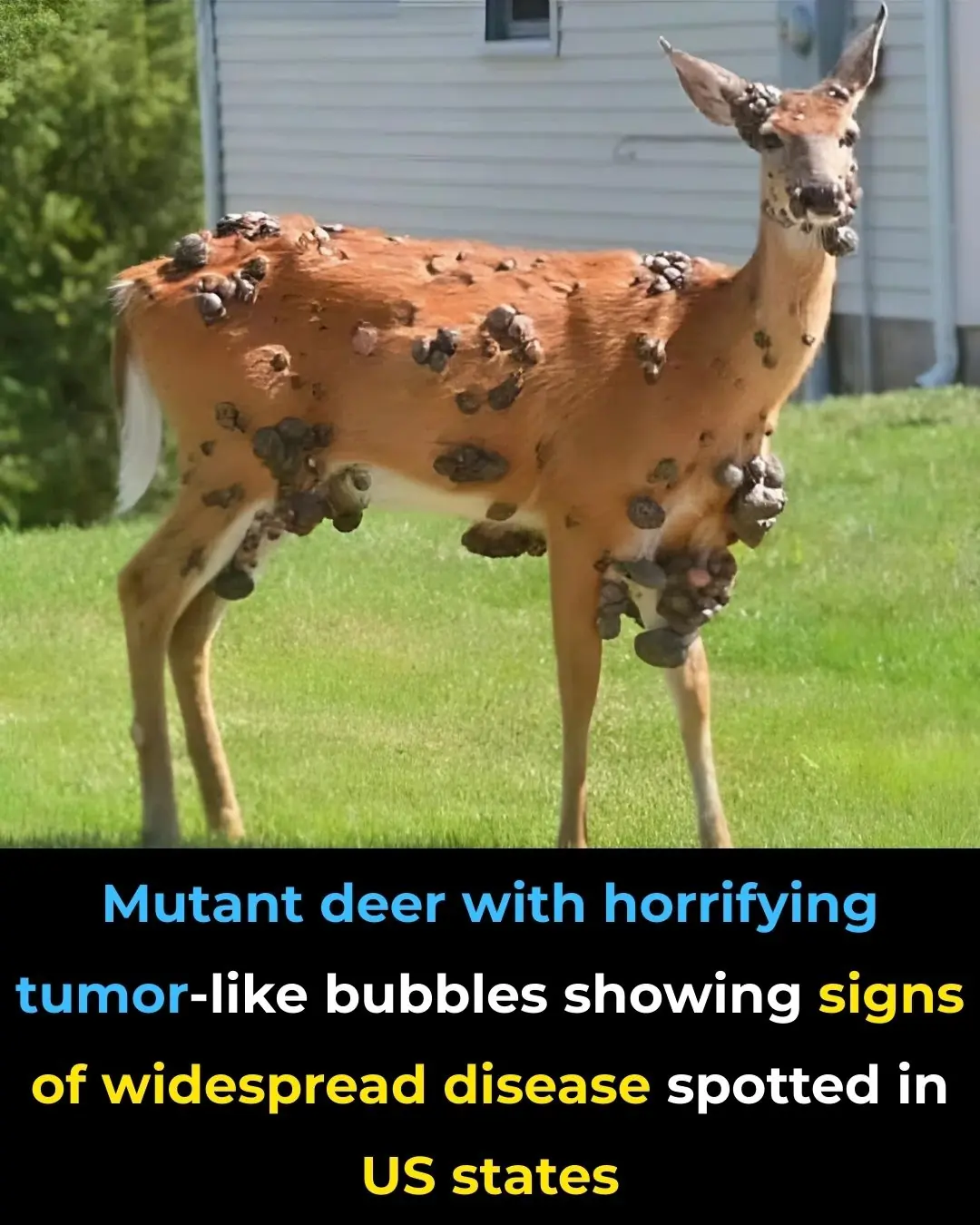
Mutant deer with horrifying tumor-like bubbles showing signs of widespread disease spotted in US states
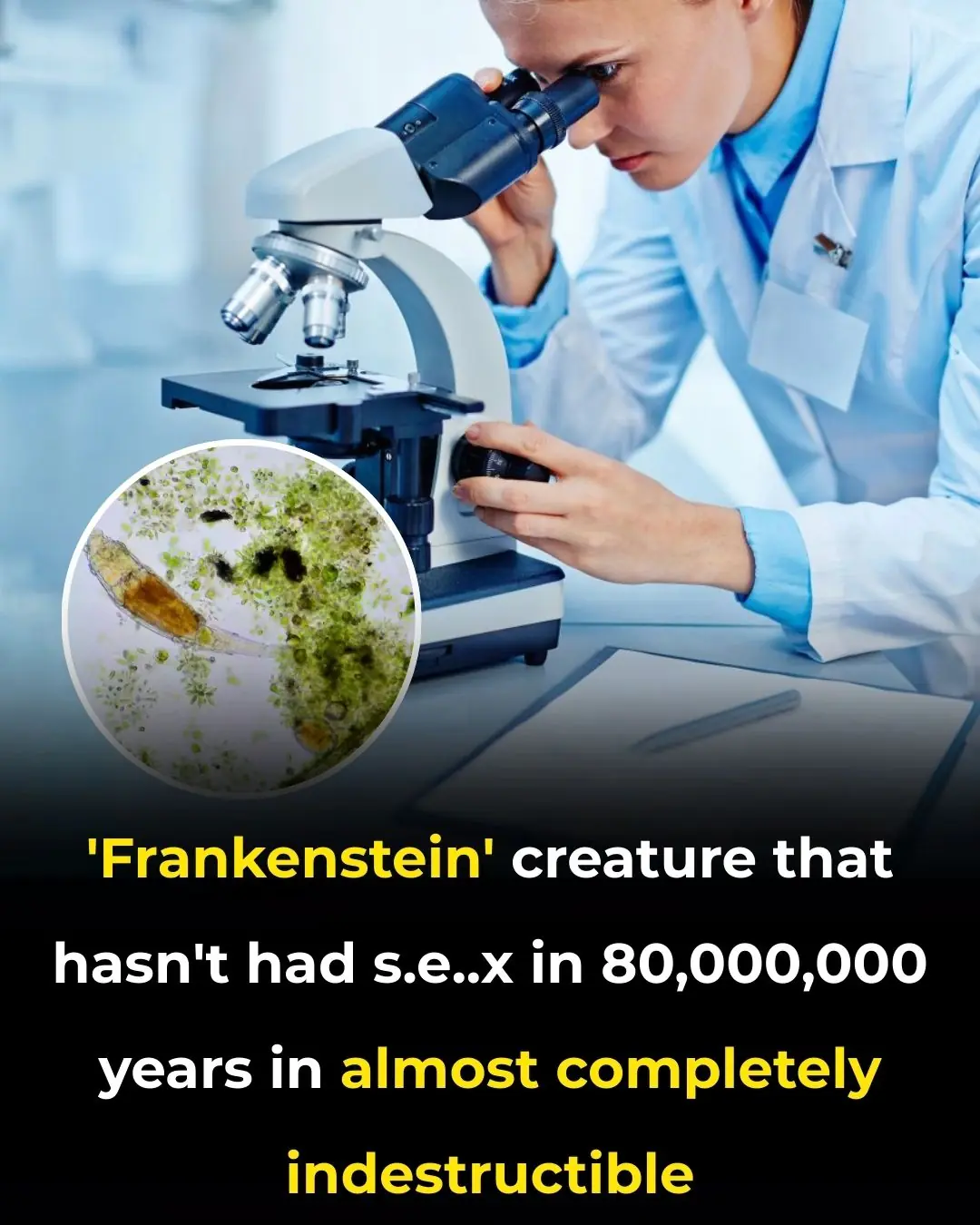
'Frankenstein' creature that hasn't had s3x in 80,000,000 years in almost completely indestructible

Scientists discover ultra-massive 'blob' in space with a mass of 36,000,000,000 suns

When a Washing Machine Shows 7kg, 8kg, or 10kg, Is That the Weight of Dry or Wet Clothes? The Real Meaning Behind These Numbers Is Something That Few People Know
